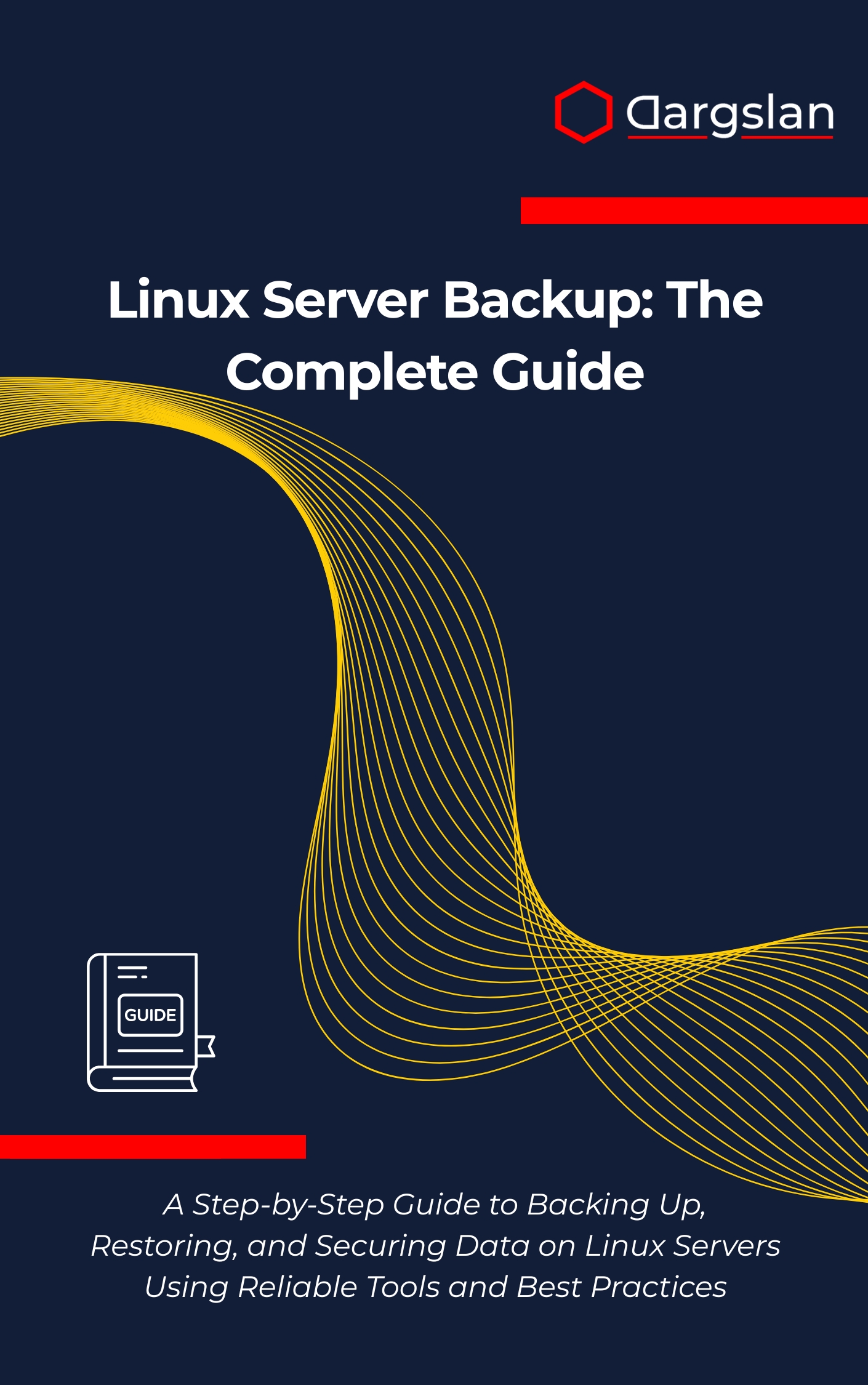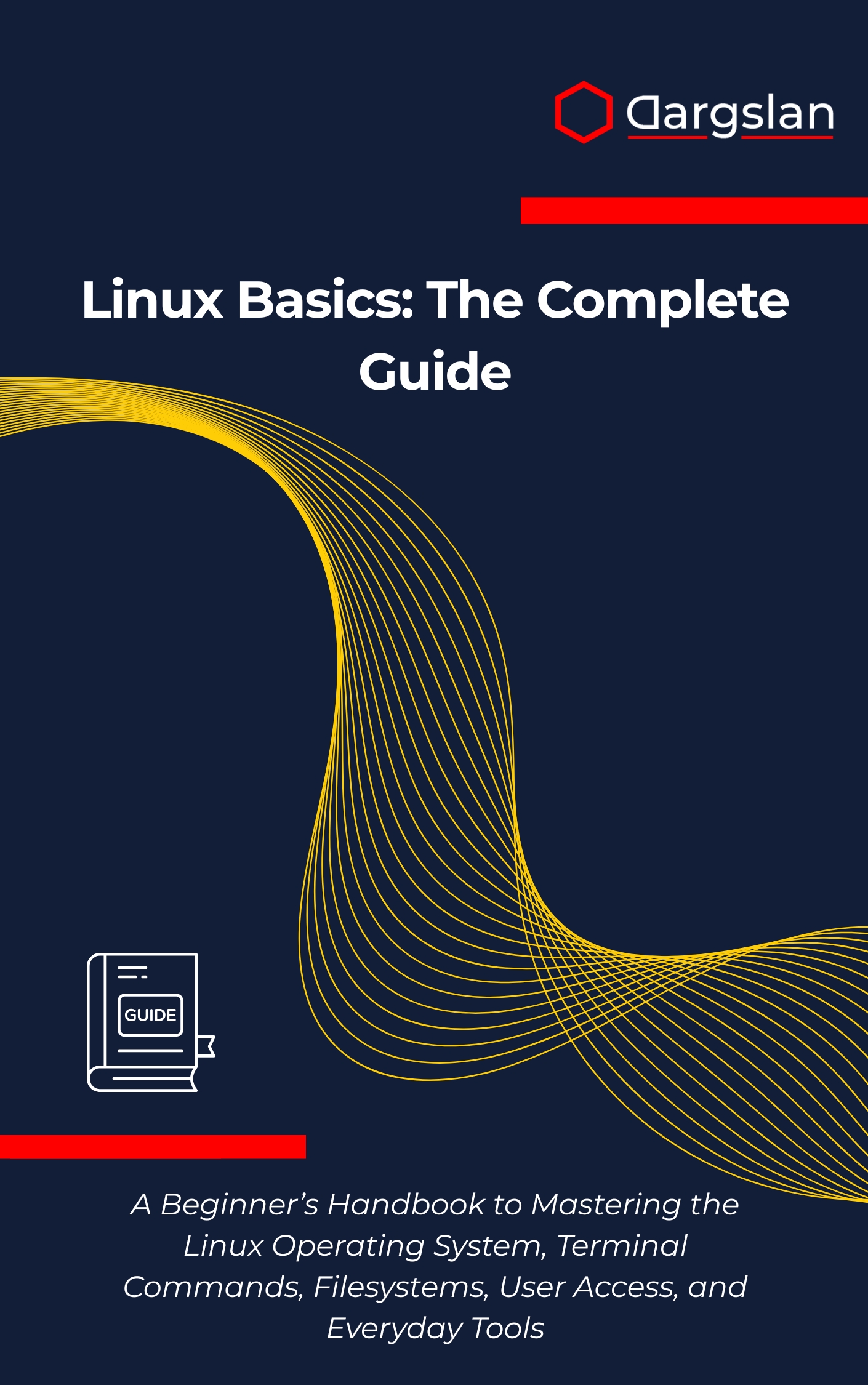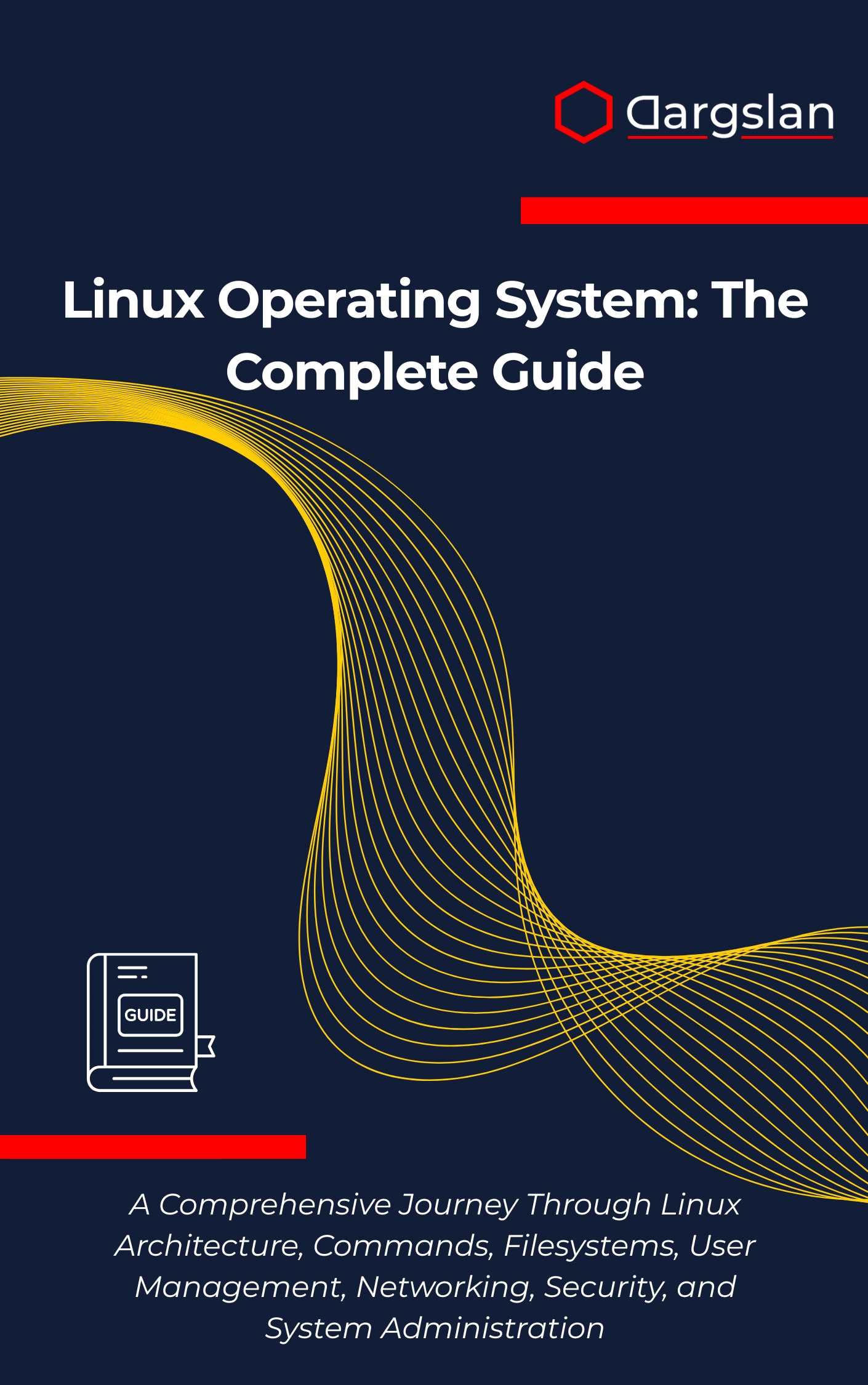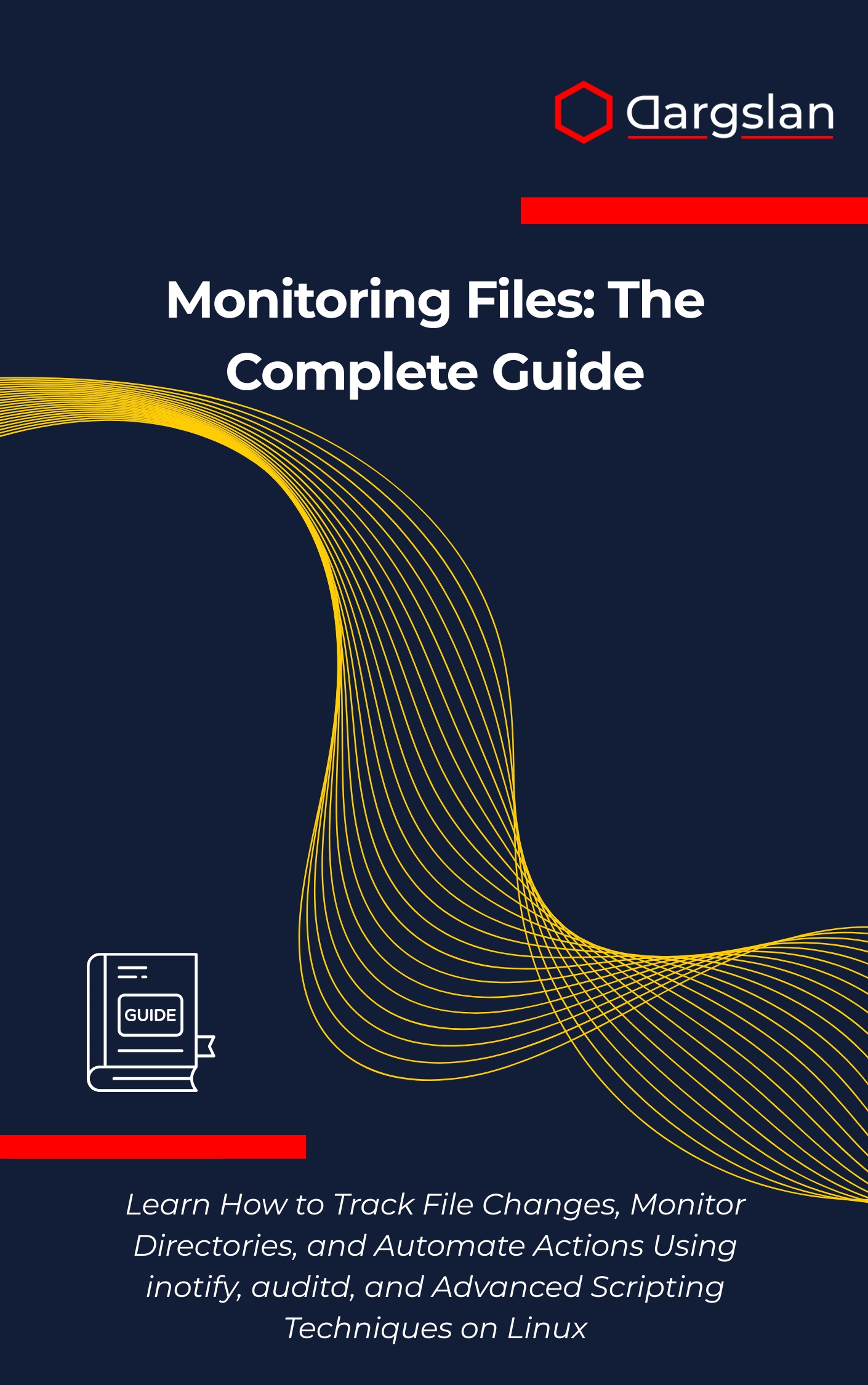Linux Security Essentials
Linux Security Essentials: Fundamentals of Securing Linux Systems, Users, and Services,Secure Linux systems and protect users with essential cybersecurity best practices.

In today’s fast-moving threat landscape, Linux hosts power everything from web servers to container platforms—and they need to be locked down with confidence. This guide delivers a practical, repeatable blueprint to secure your systems without slowing down your operations.
Fundamentals of Securing Linux Systems, Users, and Services
Overview
Linux Security Essentials is a hands-on, results-focused reference that shows you how to protect Linux across physical, virtual, and cloud environments. It distills the Fundamentals of Securing Linux Systems, Users, and Services into clear steps covering Linux security fundamentals such as user and group management, file permissions, authentication mechanisms, network security, firewall configuration, SELinux, AppArmor, intrusion detection, logging and auditing, system updates, physical security, disaster recovery, container security, and system hardening. As an IT book that reads like a practical programming guide and a reliable technical book, it pairs real-world examples with step-by-step configuration so you can implement controls immediately and verify they work.
Who This Book Is For
- System administrators who want a battle-tested roadmap for hardening servers and workstations. Learn to secure SSH, tighten sudo, configure firewall rules, and deploy auditing that surfaces risks before they become incidents.
- DevOps and cloud engineers seeking reliable security-by-default patterns. Translate policy into code with automated baselines, secure containers and images, and integrate logging pipelines that accelerate detection and response.
- Security practitioners and IT leaders aiming to raise their organization’s security posture. Use actionable checklists, compliance-aware guidance, and incident-ready playbooks to move from reactive fixes to proactive control.
Key Lessons and Takeaways
- Build a hardened access model that starts with least privilege. Master user and group management, tune file permissions, and enforce strong authentication mechanisms to reduce lateral movement and credential abuse.
- Establish a resilient network defense using layered controls. Implement firewall configuration with nftables or firewalld, lock down SSH, and pair intrusion detection with logging and auditing to identify anomalies in minutes, not days.
- Apply mandatory access controls without the guesswork. Learn practical SELinux and AppArmor policies, verify denials, iterate safely, and align protections with real services from web stacks to container workloads.
Why You’ll Love This Book
This guide favors clarity over theory, giving you step-by-step instructions backed by production-tested patterns. You get hands-on walkthroughs, realistic scenarios, and concise explanations that make complex topics like MAC frameworks and container security approachable. Every chapter ends with actionable tasks, so you can validate controls, measure progress, and build momentum fast.
How to Get the Most Out of It
- Start with the core foundations, then layer advanced controls. Read the baseline chapters on user and group management, file permissions, and system updates before moving into SSH hardening, firewall configuration, and network security.
- Apply what you read on a lab or staging system. Reproduce examples verbatim, adapt them to your distro, and document your decisions so you can roll out repeatable, auditable changes across Linux fleets with confidence.
- Strengthen your security muscle with focused mini-projects. Create a hardened SSH profile, implement SELinux or AppArmor for a critical service, build a centralized logging and auditing pipeline, and simulate a small incident to test detection and response.
Get Your Copy
Turn best practices into daily practice with a reference you’ll actually use. Secure Linux systems, services, and users the right way—backed by checklists, examples, and guidance you can trust.




